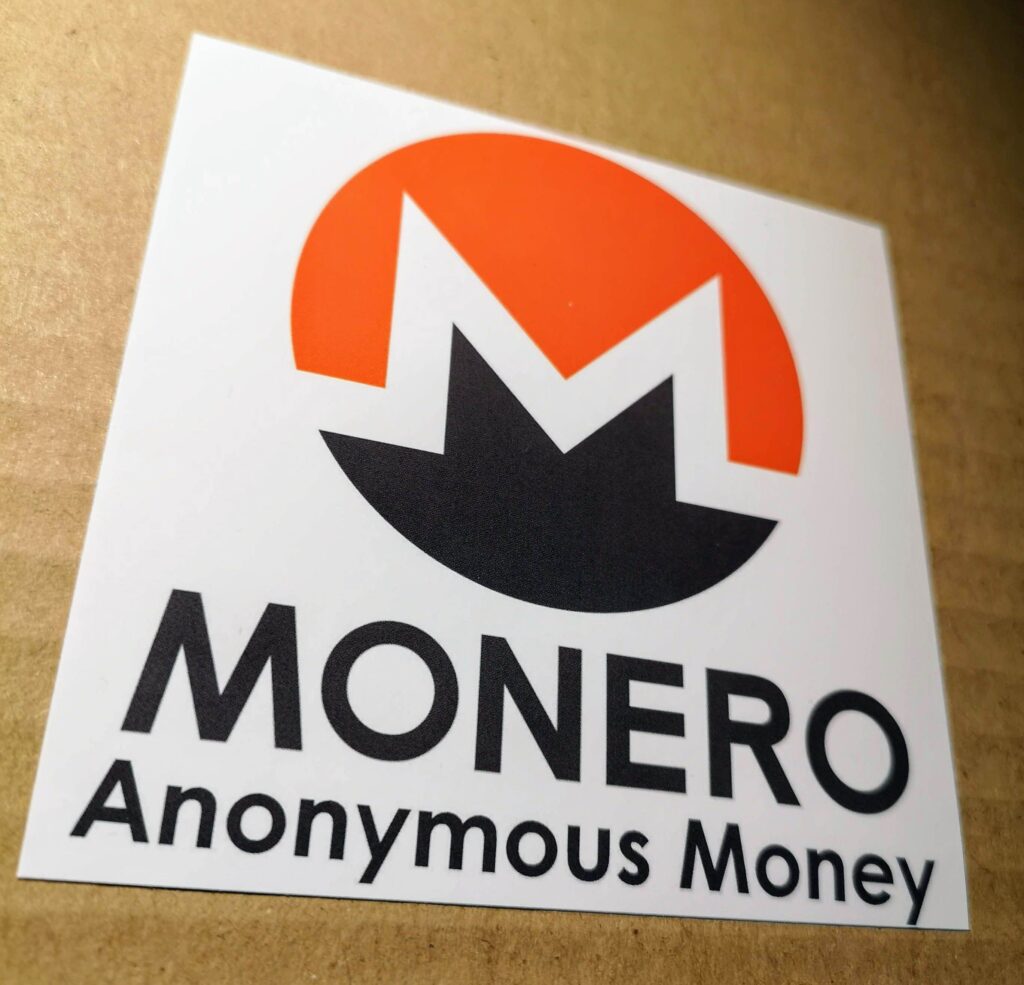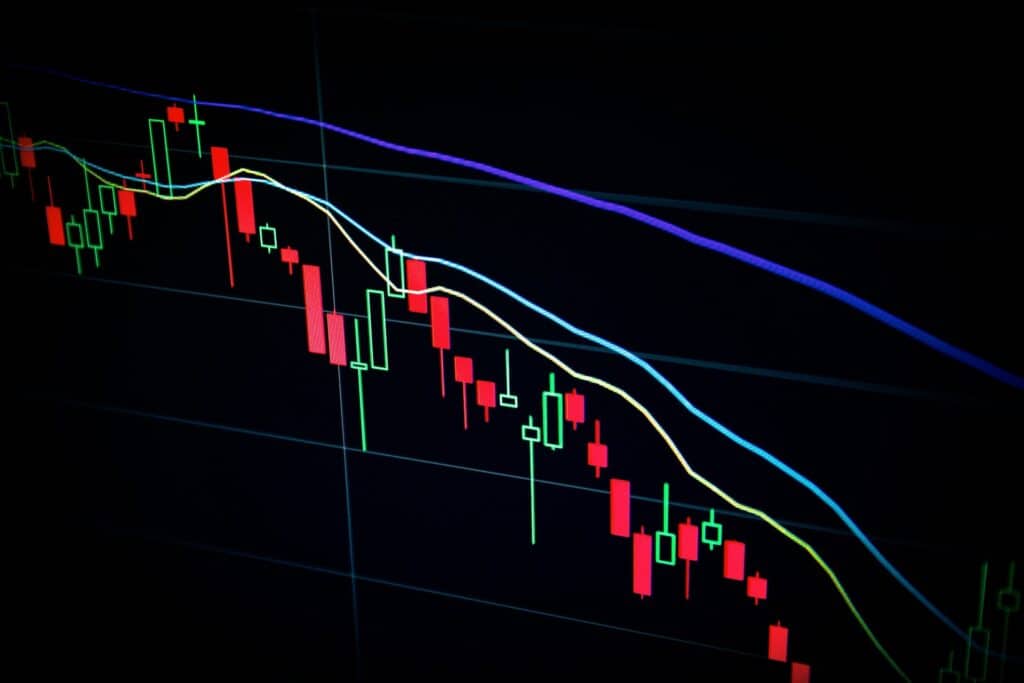Monero (XMR): Why does Binance want to get rid of it?
Monero (XMR), the most anonymous cryptocurrency in the ecosystem, is regularly threatened with delisting by several exchange platforms. Without questioning the existence of the project, an increasing number of centralized exchanges consider the cryptocurrency undesirable. Yet, it remains an important component of transaction privacy, and more broadly of digital freedom, which is now under attack from all sides. Its decline could mark the end of the original ideas of the cypherpunks and of Bitcoin.

Monero, a cryptocurrency that encrypts
Launched in 2014, Monero (XMR) is often seen as the most anonymous cryptocurrency on the market. Thanks to its Bitcoin-inspired code, it provides a solution for transactions that are extremely difficult to trace. Accused of fueling illicit trafficking on the Internet and darkweb, XMR aims to mimic the properties of cash, like Bitcoin. However, Monero adds complex mechanisms that make its blockchain almost impossible to decipher, unlike Bitcoin, which relies on a transparent ledger. It’s these unique features stemming from cypherpunk works that fuel suspicion from institutions.

Quizzes to complete to use Monero
Last year, Binance announced it would exclude Monero from its offerings… before reversing its decision shortly afterwards. But recently, the platform decided to once again strengthen surveillance on several anonymous cryptos, including the emblematic XMR as well as Zcash, the second most popular privacy coin after Monero. In practice, Binance has established a watch list for certain digital tokens, currently about a dozen. Binance customers holding Monero must thus pass a test in the form of a quiz to ensure they are aware of the “risks” associated with this asset.
“To gain access to tokens marked by the Monitoring Tag or the Seed Tag, users will need to pass the corresponding tests every 90 days. […] Keep in mind that these tokens may no longer meet our listing criteria and may be removed from the platform.”
Message from Binance to its customers, January 4, 2024
Monero, an undesirable since forever
However, a Binance ban on Monero wouldn’t prevent users from continuing their transactions on other marketplaces, or even directly peer-to-peer. That’s the method that guarantees perfect anonymity, like a true electronic cash. Being excluded from centralized exchanges (also called CEXs) should therefore not have much of an impact. On Reddit, some community members even welcome the decision. Indeed, the presence of XMR on CEXs mostly interests speculators, rather than true users. “Monero is the only community that hopes for a withdrawal from Binance”, jokes a user.
Monero, uncensorable?
At first glance, Monero seems difficult to attack. Based on the same proof-of-work mechanism as Bitcoin, from which it is a fork (a copy of the code), it has never suffered from a major vulnerability. Decentralized and open-source, its protocol has withstood over 10 years of security threats endangering the blockchain.
That’s why a gradual exclusion from marketplaces emerges as the best solution to fight against Monero. Admittedly, connoisseurs can still exchange it without intermediaries, but that requires a good understanding of blockchain tools. Just like penalizing movie downloads led audiences to turn to more user-friendly legal streaming platforms like Netflix.
Indirect attacks on the protocol
Forced by state regulations, more and more platforms choose not to offer untraceable cryptocurrencies for purchase. By making access to this payment solution more complicated, there could eventually be fewer and fewer exchanges. Because before one can use Monero, one must still be able to purchase it with euros or dollars. Over the past few years, the number of XMR transactions has remained stable, as has its hashrate (the computational power of the network).
More concerning, Binance and other platforms are accused of resorting to fractional reserves: a form of market manipulation that involves overstating the number of tokens held. The goal? To keep the price of XMR down in order to accumulate it at a low cost, thus gaining increasingly more control over the protocol. The best way to control a currency (digital or otherwise) is either to control its issuance or to own a significant portion of its stock. This is the second point where institutions can intervene.

The last bastion of on-chain privacy
The potential ban of Monero (XMR) comes at a time of concern linked to the emergence of central bank digital currencies, CBDCs (MNBC in French). The digital euro, for instance, could easily trace every transaction in euros. Paradoxically, the digital euro project gives some publicity to XMR, which is attracting more and more interest around the world in the face of potential threats to privacy by states. In this regard, Amnesty International reminds us of the importance of having access to tools to protect against mass surveillance. Yet, if Monero doesn’t disappear, it could become a mere relic of a time when on-chain privacy was still possible.
Maximize your Cointribune experience with our "Read to Earn" program! For every article you read, earn points and access exclusive rewards. Sign up now and start earning benefits.

Fascinated by the history of Bitcoin and the cypherpunk movement, I think that citizens must reinvest in the field of currency. My goal? To democratize and make visible the potential of blockchain and cryptocurrencies.
The views, thoughts, and opinions expressed in this article belong solely to the author, and should not be taken as investment advice. Do your own research before taking any investment decisions.